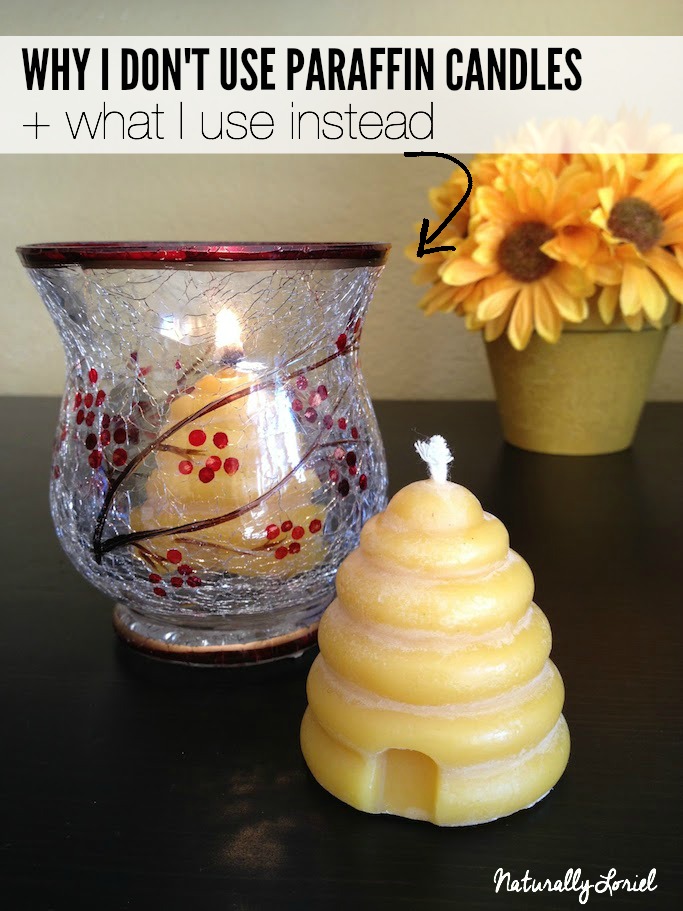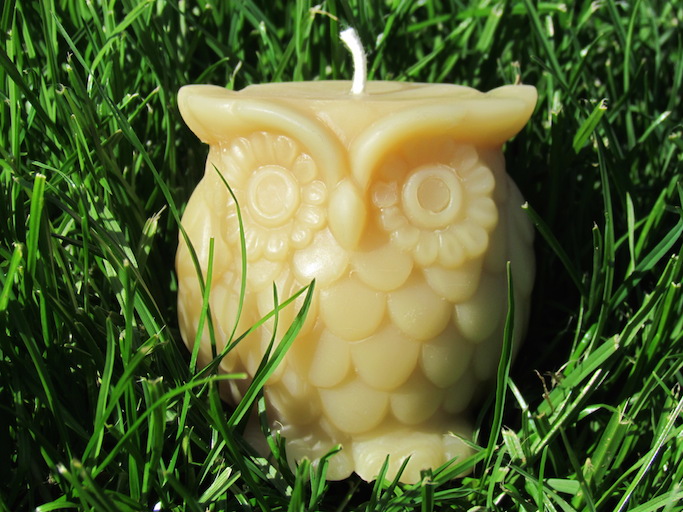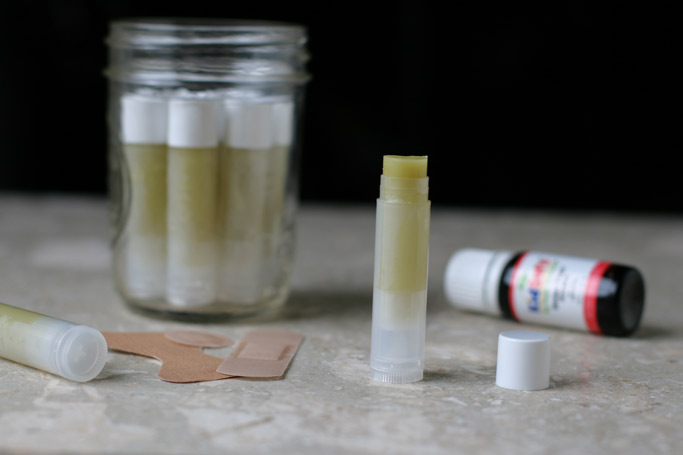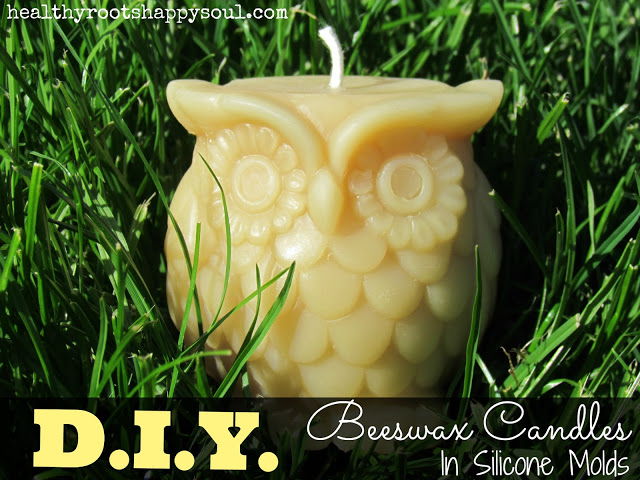Why I Don’t Use Paraffin Candles Anymore + The Better Alternative
I’ve said it before but I feel the need to say it again; when it comes to natural living and making the switch to a more non-toxic lifestyle, it’s important to do what is most sustainable for you and your family.
The things that are important to me may look different than the things that are important to you. For example, you may like to DIY your own cleaning products but for me, I don’t make my own products from scratch because I found a company I believe in and feel confident using their products. Or, you may not necessarily worry about night lights but I prefer to use Himalayan salt lamps in my bathroom as a nightlight for my son because I prefer the natural light it shines versus the sleep-disruptive light most night lights have.
Just because we have differing points that are important to us, doesn’t make either of us right or wrong; We are simply choosing what we feel is best for our family.
Paraffin candles are one of the things that I have decided are worth nixing in my household.
I’ve never been one to really enjoy the artificial smell of things because it’s overwhelming to me. That’s not to say there aren’t candles that I used to love burning, but for the most part, the strong smell gives me a headache or makes me feel like I need to rush outside and take a deep breath of good ol’ fresh air.
But what’s so bad about paraffin candles?
For starters, paraffin is byproduct of the oil industry. If you’re someone who feels a lesser carbon footprint is important, take note that paraffin is not a renewable resource because it’s made from petroleum. If you don’t really care about the carbon footprint aspect, the ingredients that make up paraffin candles are definitely something worth raising an eyebrow over.
For example, here is a little list of ingredients that can be found in popular paraffin candle brands:
- Acetone
- Trichlorofluoromethane
- Carbon Disulfide
- 2-Butanone
- Trichloroethane
- Trichloroethene
- Carbon Tetrachloride
- Tetrachloroethene
- Chlorobenzene
- Ethylbenzene
- Styrene
- Xylene
- Phenol
- Cresol
- Cyclopentene
All of these are chemicals that get released into the air when a candle is burning. According to this article:
Researchers have shown some scented candles produce smoke laced with almost as many toxins as those produced by cigarettes.
Since they are often lit in poorly ventilated rooms, such as bathrooms, or during the evening when windows are likely to be closed, the release of chemicals can cause indoor pollution that is potent enough to raise the risk of asthma, eczema and skin complaints.
If candles aren’t a normal occurrence in your home, then burning a paraffin candle every once in a while probably won’t do any harm to you. I truly believe in providing a balance with everything in life and going by the phrase, “everything in moderation.” That being said, I believe it’s always good to remember to burn them in a well-ventilated place so the chemicals have a way to escape your home.
If you have a Himalayan salt lamp, you can have the lamp on at the same time you’re burning a paraffin candle since Himalayan salt lamps help purify the air.
The Better Alternative to Paraffin Candles
Since I personally prefer to ditch paraffin candles altogether, if I do decide to burn a candle it is always a candle made from beeswax. The faint, sweet warm honey smell that emits from beeswax candles is satisfactory to me; I get the ambiance that a candle creates yet I don’t get the headache that paraffin candles give me.
Beeswax is great for a number of reasons:
- It’s a natural fuel created by bees and is a 100% renewable source made from beeswax
- Burns cleaner than any other candle
- Naturally scented by the honey and nectar of flowers that has been packed by the bees in the honeycomb within the hive
Oh, and fun fact for you: Beeswax candles emit a bright light continuously with the same spectrum as the sun.
You can typically find beeswax candles at your local health food store, online, farmer’s markets, or you can make your own with sustainably sourced pure beeswax. Just like anything, it’s important to read labels and make sure what you’re purchasing is 100% beeswax.
See also: 17 Cool and Unusual Uses for Beeswax and DIY Beeswax Candles in Silicone Molds





